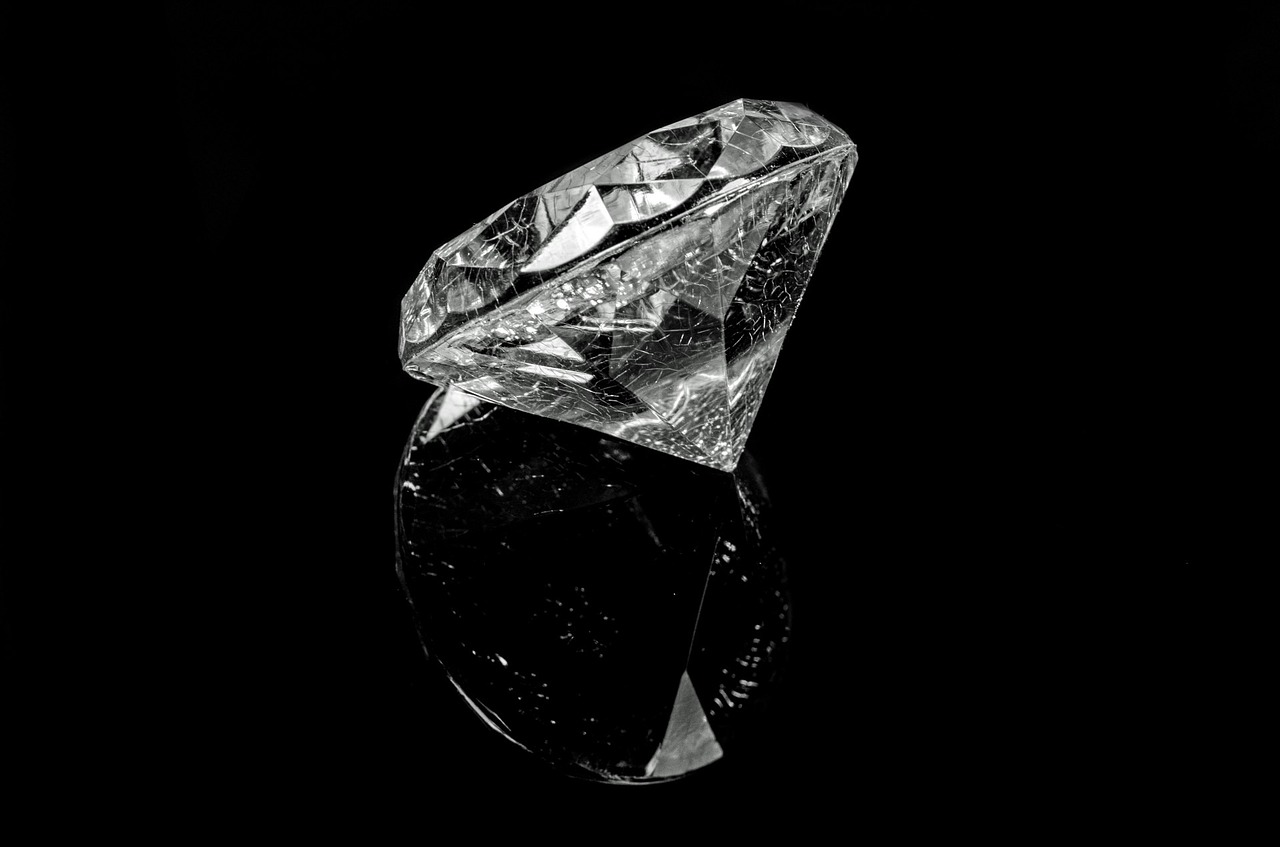The breakup of supercontinents may trigger explosive eruptions that send fountains of diamonds shooting up to the Earth’s surface.
Diamonds form deep in Earth’s crust, approximately 93 miles (150 kilometers) down. They are brought up to the surface very quickly in eruptions called kimberlites. These kimberlites travel at between 11 and 83 mph (18 to 133 km/h), and some eruptions may have created Mount Vesuvius-like explosions of gases and dust, said Thomas Gernon, a professor of Earth and climate science at the University of Southampton in England.
Researchers noticed that kimberlites occur most often during times when the tectonic plates are rearranging themselves in big ways, Gernon said, such as during the breakup of the supercontinent Pangaea. Oddly, though, kimberlites often erupt in the middle of continents, not at the edges of breakups — and this interior crust is thick, tough, and hard to disrupt.
“The diamonds have been sat at the base of the continents for hundreds of millions or even billions of years,” Gernon said. “There must be some stimulus that just drives them suddenly because these eruptions themselves are really powerful, really explosive.”
Gernon and his colleagues began by looking for correlations between the ages of kimberlites and the degree of plate fragmentation occurring at those times. They found that over the last 500 million years, there is a pattern where the plates start to pull apart, then 22 million to 30 million years later, kimberlite eruptions peak. (This pattern held over the last 1 billion years as well but with more uncertainty given the difficulties of tracing geologic cycles that far back.)
more at livescience.com
Ask me anything
Explore related questions





